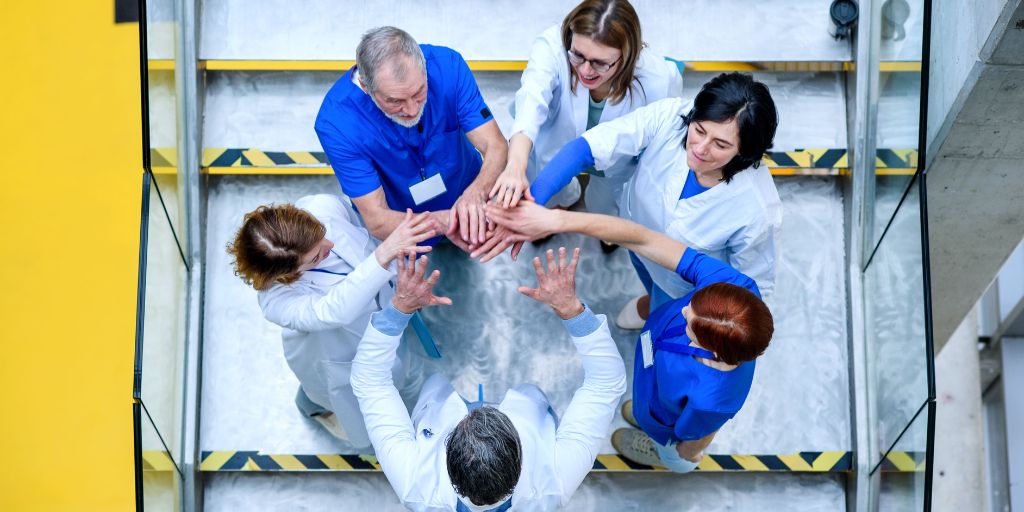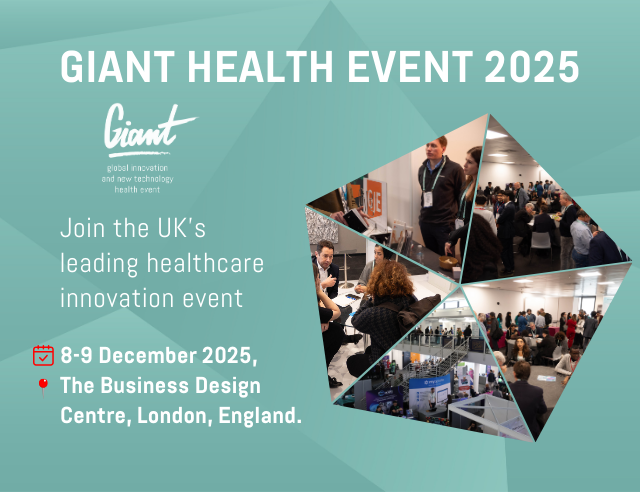
When we see workers in laboratories wearing coats and masks or construction workers donning helmets and protective gear, it’s clear that their environments come with inherent risks. These safety measures are essential in industries where exposure to hazardous materials, physical strain, and injuries are commonplace.
However, as technology advances, the tools available to protect these workers have become more sophisticated. This article highlights these advancements and their impact on worker safety.
Understanding High-Risk Industries
A “high-risk” industry is one where workers are exposed to conditions that significantly increase the likelihood of physical harm, illness, or injury. Examples include healthcare, construction, manufacturing, oil and gas, and mining. In these industries, workers face unique health challenges due to hazardous substances, physical strain, and frequent injury risks.
For instance, in construction and healthcare, workers may be exposed to asbestos, a known carcinogen that increases the risk of mesothelioma and lung disease. In manufacturing, repetitive tasks such as lifting, bending, and operating heavy machinery can lead to chronic conditions like repetitive strain injuries (RSI) or musculoskeletal disorders.
Additionally, oil and gas workers face risks like exposure to toxic chemicals, while miners are often at risk of respiratory issues from dust inhalation and the physical dangers of working underground. These challenges underscore the need for advanced safety measures and continuous efforts to protect workers from these inherent risks.
Technological Advancements in Occupational Health
Recent technological advancements are transforming occupational health by providing better tools for worker safety. Here are a few of those:
Wearable Technology
Wearable devices are revolutionizing worker health monitoring. These gadgets track vital metrics such as heart rate, oxygen levels, and fatigue in real-time. By providing immediate feedback, wearables help detect potential health issues early, reducing the risk of workplace accidents.
Telemedicine and Remote Monitoring
Telemedicine has become essential in high-risk industries, allowing workers in remote or hazardous environments to access health consultations and ongoing monitoring. This technology ensures that workers receive timely medical advice and interventions, even when they are far from healthcare facilities.
AI and Data Analytics
Artificial intelligence (AI) and data analytics play a crucial role in predicting workplace injuries and health issues. By analyzing data from wearables, sensors, and historical health records, AI helps identify potential risks before they escalate, enabling proactive measures to protect workers.
Exoskeletons and Robotics
Exoskeletons and robotic tools are reducing physical strain on workers. These innovations assist with heavy lifting and repetitive tasks, preventing injuries by providing support and enhancing efficiency in physically demanding roles.
Legal and Safety Standards in High-Risk Industries
High-risk industries are governed by strict legal frameworks and safety standards, such as OSHA (Occupational Safety and Health Administration) in the US and HSE (Health and Safety Executive) in the UK. These regulations have evolved to incorporate new technologies, ensuring better protection for workers.
Modern safety standards now address emerging risks associated with advanced machinery, chemicals, and hazardous materials. Enforcing compliance with these regulations is crucial for maintaining a safe work environment.
Workers exposed to harmful substances like asbestos can seek legal recourse with the help of professionals, such as a mesothelioma attorney Pennsylvania, to ensure their rights and health are protected.
Endnote
As industries continue to change, ensuring the safety and well-being of workers remains a top priority. New technologies and safety regulations are helping to make high-risk jobs safer. By using these tools and following safety guidelines, we can protect workers effectively. Moving forward, it’s important to keep improving how we support workers and address their health and safety needs in all industries.











